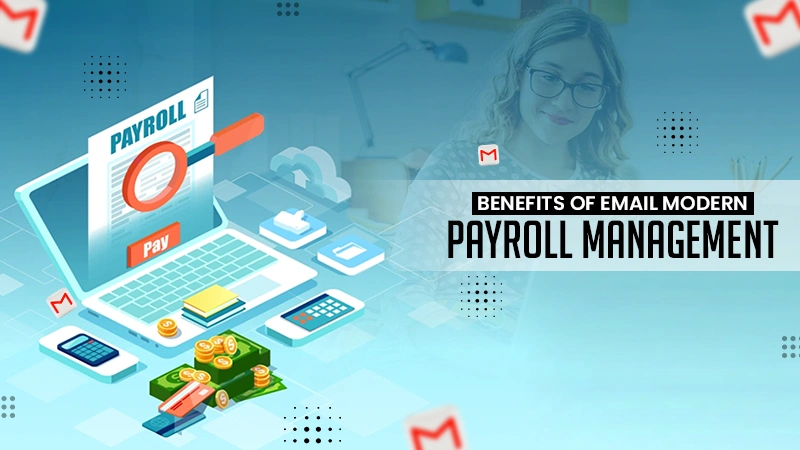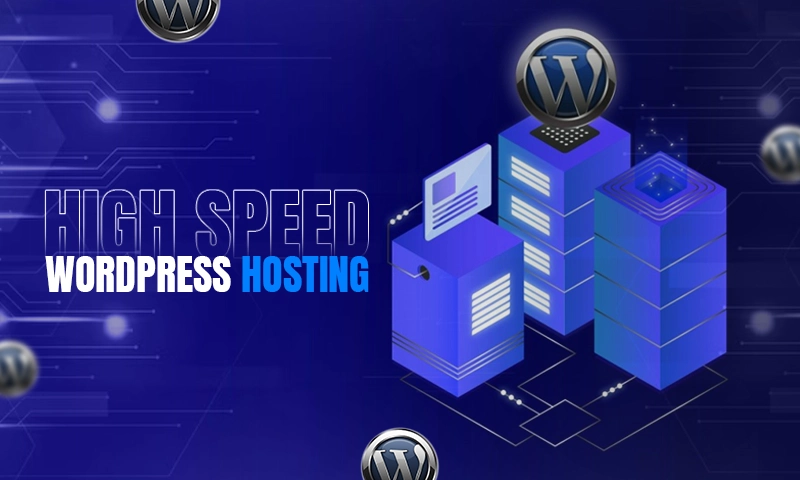What are the Top Proven Strategies to Increase Traffic to Your Blog
Have you started a blog but feeling frustrated because it isn’t reaching the maximum intended audience? Driving traffic consistently does not rely on just one factor, but it is a series of practices. No wonder there is an infinite number of blogs on the internet today. The reason for publishing blogs may differ from person to person. Some people like to share their views and experiences through blog posts, while others set up their blogs to market their business and offers. Whatever the reason may be for starting a blog, most bloggers’ primary objective is to drive a larger audience and generate revenue.
If you are looking for the tried and tested strategies to increase traffic on your blog posts and boost overall SEO traffic, then you have just landed in the right place. Below are a few essential techniques to drive the right traffic:
1. Use Appropriate Keywords
Wish to rank higher on search engine results? However, if you randomly pick out keywords for your content, you might not be doing it right. You are just doing a little more than a guessing game and hoping that things work out your way. With that said, look out for the user’s intent and search for keywords with relatively high search volume and a bit less competition.
Also, make sure you have added long-tail keywords in your blog and placed them in all the right places. These phrases can increase the conversion rates since they are more specific by nature.
2. Analyze the Data
All your efforts might go in vain if you aren’t tracking the performance of your blog posts. Monitoring your visitors and their engagement on your blog plays a critical role. Staying abreast with blogging stats, you can learn what content your users enjoy most and make strategies for your next move. These stats provide you with insightful information, including your audience’s geographic location, behavior, and most used platforms, time spent on any blog, and many others.
3. Create A Well-Structured Content
There is no ideal length of a blog; it is up to you to either go for a long blog or a short one. With a lengthy blog, you can have the advantage of adding numerous keywords and keeping the readers engaged. However, if you can cover all the relevant details in a short blog, what’s the need to prolong it? The critical element is the quality of a blog; if your blog lacks quality and contains duplicate content, it’s of no use. Since Google prioritizes those blogs that answer users’ search queries, it is crucial to include useful content.
4. Update Outdated Content
Google changes its ranking criterion now and then. For this reason, Google has indicated that its algorithm focuses on the freshness of the content. You need not worry if your blog from previous months or years is losing traffic and dropping in rank on search engines. Instead, it’s time to update your old content with the newest facts, figures, and visuals to up-to-date. You should use a WordPress tables plugin to add dynamic tables and charts that your audience will easily digest. Moreover, your audience is most likely to enjoy reading your blog from the current year with a fresh piece of information.
5. On-Page SEO
Let’s admit it; your blog cannot rank high on search engines if you overlook SEO’s power. The better the on-page SEO implemented on your blog, the more chances of click-through-rate. On-page SEO includes the following practices:
- High-quality content that answers the queries of your targeted audience
- The speedy download of the blog page, even with all the visuals
- A meta description that allows search engines bots and users to understand what your blog is about
- Alt text for your images with the right keywords
6. Focus on Building Links
If you are not working on building links, then you are, without any doubt missing out on so many opportunities. Building authentic backlinks on your blog increases the trust and credibility of your blog posts. Don’t worry if it’s frustrating that you are not getting backlinks from trusted websites. You are not alone; every experienced and inexperienced blogger struggles with it. However, the best way is to reach out to prospective bloggers in your niche and ask them to share your content in their posts.
7. Take Advantage of Social Media
In this fast-pacing digital world, almost everyone has accounts on social media. Leverage these platforms to promote your content and increase traffic on your blog. Twitter is one of the most well-known media channels where you can use creative hashtags to get maximum reach. You can also share posts on Facebook and Instagram and give prompt responses to increase user engagement.
If you are looking for a professional community, then LinkedIn can be your go-to option. Today, LinkedIn does not restrict itself to searching for job opportunities and making strong industry connections. It allows its users a free and safe space to publish their content. For this reason, many people are now sharing their insightful content with their audience. The professional platform allows you to make your presence known within the industry.
8. Initiate Guest Blogging
The idea of guest blogging is still valid. It is a powerful strategy that allows you to benefit from other’s audience as well as, there are multiples guest blogging WordPress plugins that might help engage new audiences. In case you are wondering how it works, it is quite simple. All you have is to write an article, and the other party will share it on their website. Remember to add a brief intro about yourself and the link to your blog at the end. In this way, those audiences that have enjoyed reading this piece of article will feel intrigued and might visit your blog, too.
9. Try Email Marketing
So, you have created a high-quality blog and also attracted visitors to read it. However, the game does not end here. You must look for ways to retain your audience on your blog post. Here, an email subscription comes in handy. Create an email list to notify your audience about the next publishing of your blog. You can also send them an email letting them know what you are about to write and collect feedbacks about what your target users wish to read. Be mindful when sending out emails, don’t get too clingy as it might negatively affect your blog traffic.
Conclusion
Driving traffic to your blog is a time-taking process; it cannot happen overnight. However, with these simple yet useful tips, the results will be worth noticing. Incorporating the strategies mentioned above all at once might get too much for you. It is better to start implementing one at a time, gauge the results, and then implement the others.
Share













